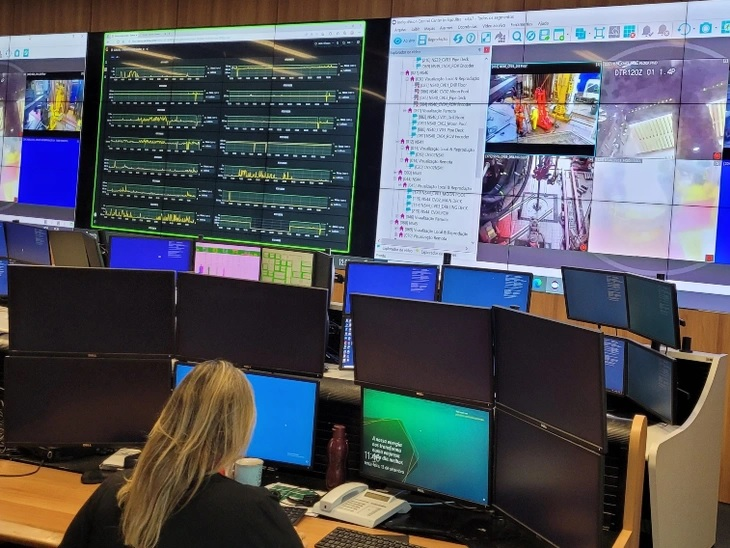In Macaé, Petrobras' Geological Center for Remote Operation and Automation carries out studies of rocks at the bottom of the sea
Structure is responsible for acquiring data that support wells being drilled, generates savings and reduces CO2 emissions for the company
T&B Petroleum/Press Office23/09/2022 18:55

Work in the construction of the well, collect and describe the rock cuttings brought to the surface by the injected fluid (mud), carry out the characterization of the rock properties. These are just a few steps in the process of identifying oil in a well for extraction, carried out by the Geological Center for Remote Operation and Automation (CGOR), located at the Imbetiba Base in Macaé and inaugurated this month by Petrobras. The CGOR is one of the company's structures that support the drilling of wells linked to the Campos Basin Revitalization Plan, which received a contribution of US$ 16 billion as part of Petrobras' Strategic Plan (PE 2022-2026).
The company has been looking for ways to reduce the number of staff on board to achieve various goals and this work was intensified during the pandemic due to the necessary reduction in the number of employees on the rigs and the consequent decrease in the number of flights for boarding. As a result, from 2020 until today, 115 wells have been serviced by the CGOR and there are already 242,000 fewer hours of human exposure to risk in the offshore environment.
Due to avoided flights and management of operations with rigs, BRL 93 million was saved (2020-2022) and we avoided about 4 thousand tons of GHG (greenhouse gases) from 2021 to today, which is equivalent to about 1 % of annual emissions from the bus fleet in the city of Rio de Janeiro.
Geological data
Geological Data Acquisition takes place in all wells being drilled — exploratory or production development. Therefore, the CGOR can service any well drilled in Brazil or abroad, as long as Petrobras is the operator and after evaluating the applicability of the methods, taking into account a series of factors, from infrastructure to risk analysis. Mudlogging, MWD/LWD, directional and cable logging lines refer to some of the essential services during the drilling of an oil well — fundamental not only to assist in this operation, but also for the acquisition of geological data that will allow the interpretation of the types of rocks being drilled and to indicate where the oil is.


